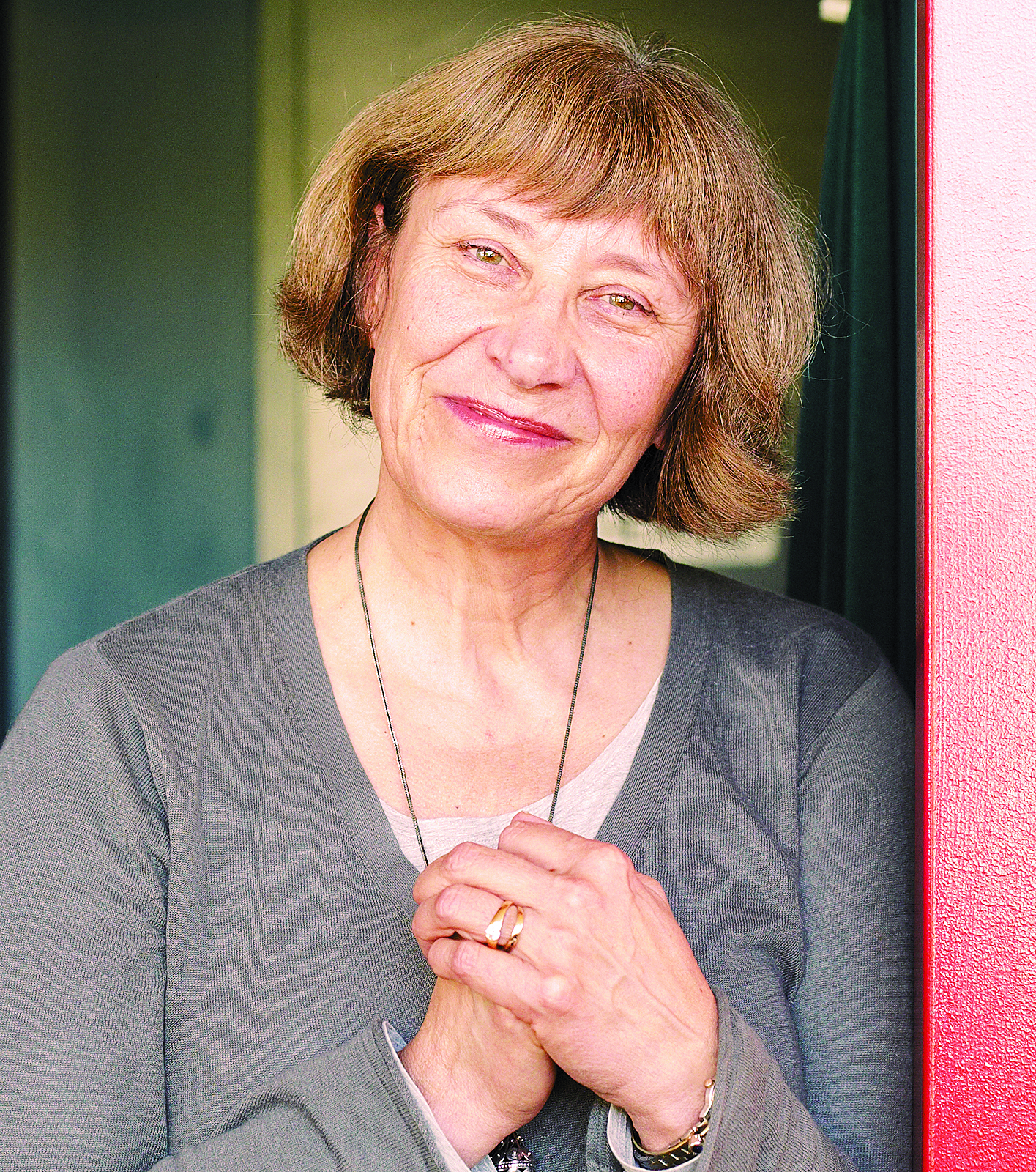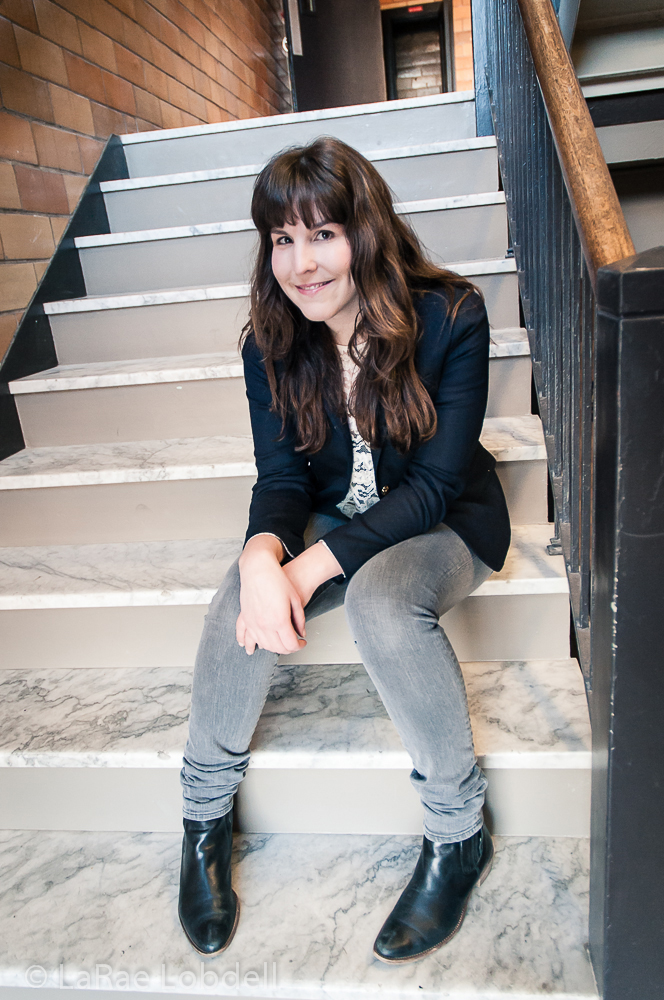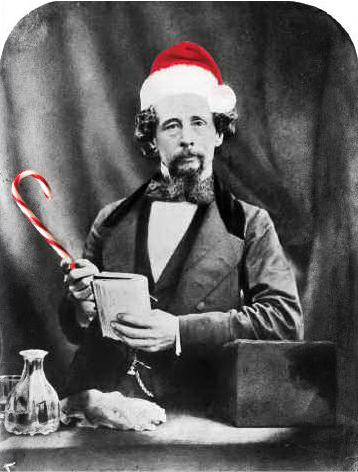WHETHER THEY ADMIT it or not, most actors believe that your typical director, along with the trappings of costume, lights, and scenery, are fundamentally unnecessary to the theatrical experience. What makes New City’s production of King Lear so odd is that you’d never know a particularly strong director is behind it: the theater’s founder, John Kazanjian. That’s because he’s chosen to focus his considerable energies and talent on the actors themselves.
King Lear
New City Theater till December 18
This “chamber production” of Shakespeare’s great and devastating tragedy is staged in a peach of a converted space, an upstairs room in Broadway’s First Christian Church. A vast arching ceiling and bona fide balcony make the space a natural for a performance with rudimentary sound design and practically no lighting design at all.
For the first half of the play, Kazanjian’s strategy of keeping things clear and simple works well. Clayton Corzatte has come to his seniority with all his important acting tools well intact—a vital state for playing Lear. His expressive voice and impressive charisma are undiminished by age, yet his physical frailty makes his decision to cede his kingdom to his three daughters seem unavoidable and sensible. Mary Ewald, doubling as Lear’s fool and Cordelia, is an antic jester on the one hand and strangely combative in the role of the truest and most loving of Lear’s daughters; she looks ready to give the steely Goneril (Heidi Heimarck) and devious Regan (Myra Platt) a sound thrashing in their early scenes together. Todd Jefferson Moore as the devious Edmund finds plenty of the humor and some of the menace of the role, while Todd Jamieson hits the open and innocent compassion of good son Edgar with his customary elegance.
But as the plottings and betrayals of the play begin to layer, it’s clear that Kazanjian’s cut-rate production is lacking a few vital elements. In a play with so many disguises, recognitions, and power shifts, the multiple castings of stalwart actors William Cole and David Klein are stretched too far; three or four more actors in small roles would have eliminated a lot of confusion. And as for the famous storm scene on the heath that begins the second half of this production, it’s signified by merely a rumbling of an amped sound system and a slight lowering of lights. The moment has no dramatic fury, and at a point when both the play and Lear should swirl into rage and madness, it’s a crucial deficiency. The second half never fully recovers from this loss of energy, and despite the indisputable power of the strong cast, the director’s Spartan visuals and lack of theatrical boldness leave the production far short of its true potential.









